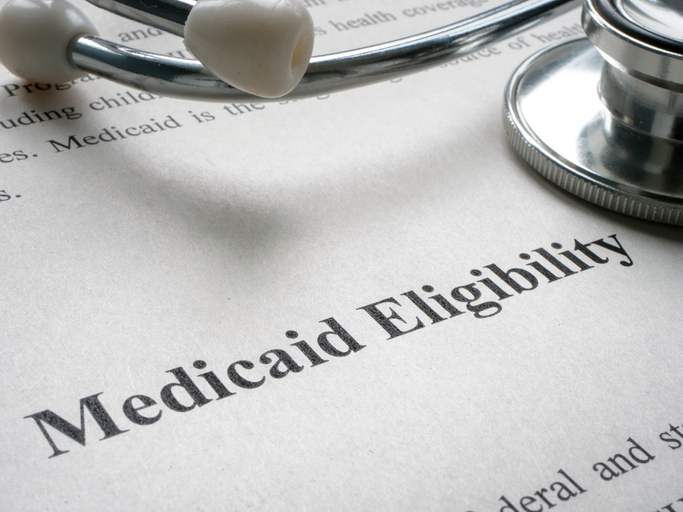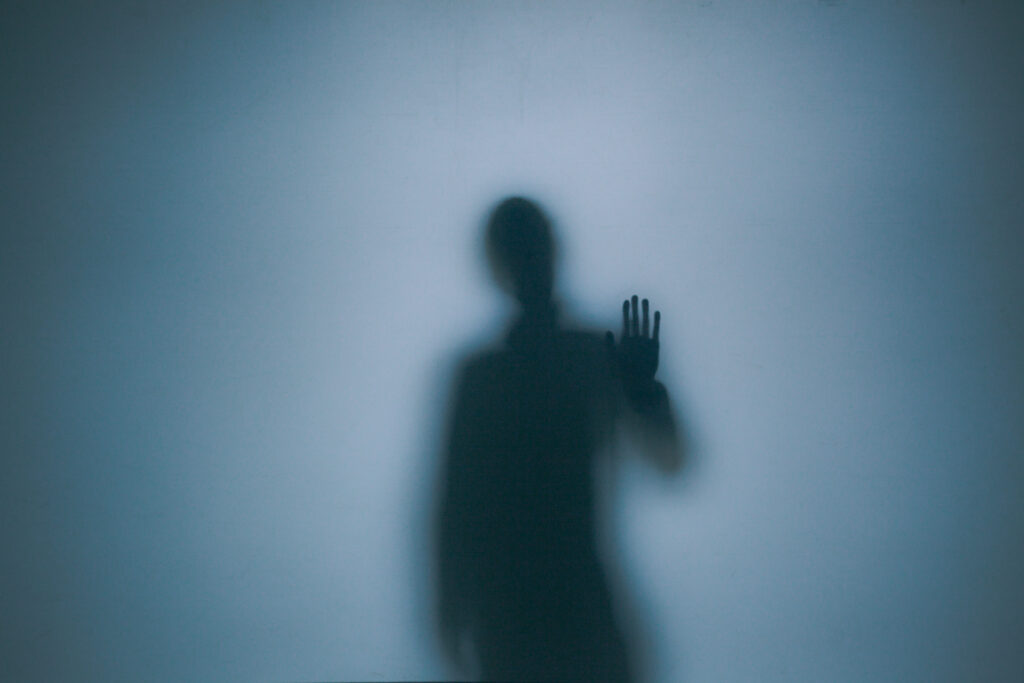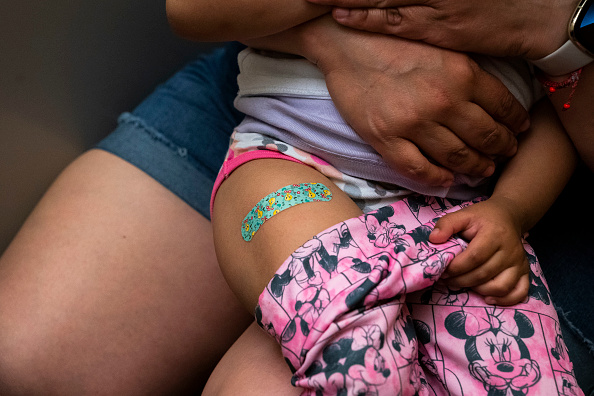The Congressional Budget Office (CBO) says the Medicaid provisions in the One Big Beautiful Bill Act (OBBBA) will leave 7.8 million people without health insurance by 2034, not 10.3 million or more as claimed in earlier estimates.
House Budget Committee Chairman Jodey Arrington (R-TX) and House Energy and Commerce Committee Chairman Brett Guthrie (R-KY) wrote to the CBO on May 22, asking specifically what impact the OBBBA would have on Medicaid enrollment.
“New analysis from the nonpartisan, independent CBO exposes Democrats’ phony claims that vulnerable Americans are being ‘kicked off’ of Medicaid and confirms that the only people coming off of Medicaid under OBBBA reforms are those who are ineligible, illegal, or able-bodied adults refusing to work,” said Arrington a news release on June 24, 2025.
False Claims
The CBO analysis shows the OBBA will save states $13.1 billion between 2025 and 2034, money that can be reinvested to help the most vulnerable enrollees, and Medicaid spending will grow by more than 30 percent in the next decade, even as efforts to eliminate waste, fraud, and abuse continue, said Arrington.
“My Democrat colleagues have resorted to false claims and fear mongering in order to protect benefits for illegals and healthy people who refuse to work at the expense of taxpayers and vulnerable Americans who depend on these programs,” said Arrington.
Groups to Lose Coverage
Federal Medicaid spending would increase by $204.6 billion, a 31.2 percent rise by 2034, states the CBO letter. About 4.8 million of the uninsured in 2034 would be able-bodied adults without dependents who opt not to meet basic work or community-engagement requirements, according to the report.
The OBBBA requires Medicaid-eligible adults to work or volunteer 20 hours a week or be enrolled in an educational or job training program. A public opinion poll released in March by the Paragon Health Institute found 81 percent of Americans support the work requirement.
In addition to the 4.8 million losing coverage for not meeting the work requirement, CBO estimates 1.4 million will lose coverage because they are in the country illegally, and 1.3 million would be individuals currently enrolled in Medicaid, though ineligible under the law.
The CBO projects Medicaid enrollment in 2034 will reach 79.5 million people, slightly higher than the 78,382,471 enrolled as of April 2025.
Health Insurance Isn’t Health Care
The bill makes two main changes to Medicaid: more frequent eligibility verification and the work requirement. Enrollees will have to verify employment twice a year, not once a month as required for unemployment benefits.
The Oregon Health Insurance Experiment found people without health insurance and on their own get about 80 percent of the health care people enrolled in Medicaid get, and after two years, are no worse off in physical health.
Insurance does not add significantly more health care, says John C. Goodman, the founder of the Goodman Institute for Public Policy Research and co-publisher of Health Care News.
“Since the launch of Obamacare, we haven’t seen an overall increase in national health care,” said Goodman. “Doctor visits per capita have gone down. We didn’t add doctors, hospitals, or hospital beds—we just increased spending. All this new money isn’t buying more care; it’s largely going to health insurance companies.”
Give Medicaid Recipients HSAs
There are ways we can make Medicaid more fiscally sound and better, says Goodman.
“One solution I’ve been promoting is health savings accounts (HSAs) for Medicaid recipients,” said Goodman. “After enrolling in Medicaid, emergency room use goes up 40 percent. That’s inefficient and costly. For example, Parkland Hospital in Dallas has an average ER wait time of six hours. Most people in the ER don’t need to be there.”
Medicaid HSAs could be used to pay market prices at clinics or urgent care centers, says Goodman.
“Middle-income people don’t use Parkland for primary care, so why should poor people be forced to?” said Goodman.
Medicaid is also poorly valued by its enrollees, with studies suggesting enrollees would trade it for just 20 cents on the dollar, says Goodman.
“That speaks volumes about how poorly the program is serving its beneficiaries,” said Goodman.
Kenneth Artz ([email protected]) writes from Tyler, Texas.



